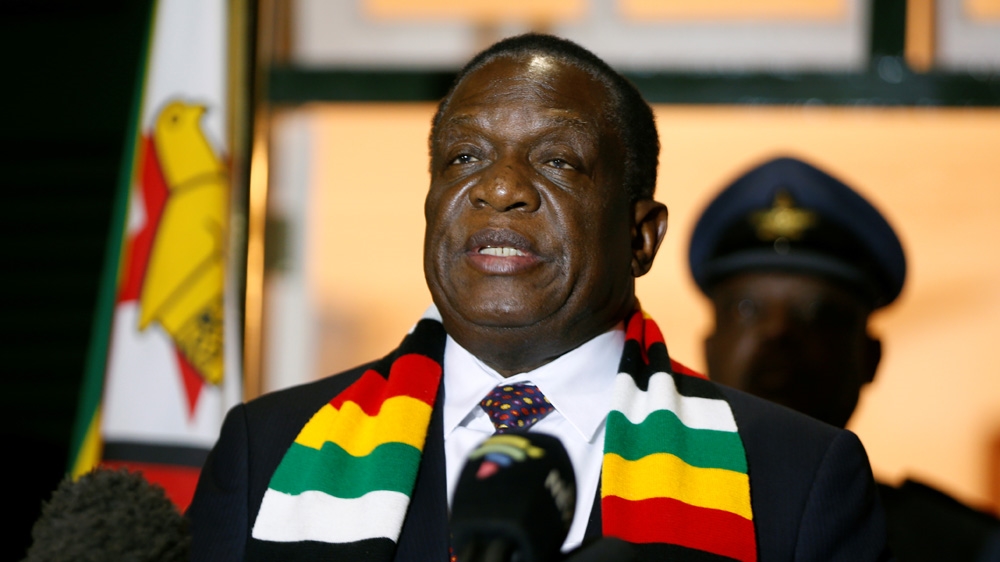Manufacturing sector poised for growth: ED
PRESIDENT Mnangagwa has expressed optimism that the country’s manufacturing sector is poised for growth as evidenced by the significant increase in locally produced goods filling up supermarket shelves.
He said the worst of the country’s economic woes would soon end as the country witnesses a revival of its manufacturing sector.
According to Confederation of Zimbabwe Industries (CZI) the contribution of the manufacturing sector to gross domestic product had progressively declined to 12 percent from a peak of 25 percent.
Posting on his Twitter page, the President said the worst of the country’s economic woes were now a thing of the past with Zimbabwe set to rise again.
“In 2017, 5 percent of stock in Zimbabwe’s supermarkets was locally manufactured. Today, 45 percent of our supermarket supplies are proudly made in Zimbabwe. The worst of our economic woes are now behind us. Zimbabwe shall rise once again!” he said.
Under the Second Republic led by President Mnangagwa, Zimbabwe is working towards attaining an upper middle-income economy status by 2030.
Through the two-year Transitional Stabilisation Programme (TSP), the country embarked on in October 2018 to December 2020, the Government achieved macro-economic stability.
Riding on such gains, the Government has launched the five-year National Development Strategy 1 (NDS1) expected to anchor the economy from 2021-2025.
Launching its 2020 manufacturing sector survey results last week, the CZI said the country’s manufacturing sector capacity utilisation grew 10,6 percent to 47 percent in 2020.
Presenting the survey findings, CZI chief economist Mrs Tafadzwa Bandama said there was a silver lining within the country’s manufacturing sector with the private sector projecting 61 percent in capacity utilisation by the end of this year.
CZI conducted the survey in industrial sectors that include food stuffs, beverages, transport and equipment, non-metallic minerals, clothing and footwear, tobacco and chemicals.
CZI said the fixed exchange rate in the first- half of 2020 worsened the plight of companies until the Reserve Bank of Zimbabwe (RBZ) introduced the weekly Foreign Currency Auction Trading System in June, which has been credited for instilling price stability.
As a result, a total of US$795 million had been allotted to the productive sector since the introduction of the weekly forex auction system. A significant proportion of the amount was earmarked for strategic sectors to import essential goods, particularly raw materials, equipment, pharmaceuticals, fuel, chemicals and electricity.
Last year, Finance and Economic Development Minister Professor Mthuli Ncube said Government is targeting to increase manufacturing capacity utilisation from an average of 40 percent in 2019 to 75 percent by 2023 while US$2 billion will be required to retool industry.
Minister Ncube said the strategic thrust includes the review of labour market regulations, skills upgrading and productivity, driven under the Tripartite Negotiating Forum (TNF).
According to economists, the prevailing exchange rate stability, which has held at about US$1: ZWL$83 on the weekly auction platform would continue to sustain improved supply and availability of basic commodities at competitive and affordable prices.
The introduction of the Foreign Currency Auction System in June last year has also added impetus, presenting an efficient foreign currency market that facilitates the importation of essential raw materials by local manufacturers. —-chronicle.cl.zw








